Explore the Best AI Image Gallery
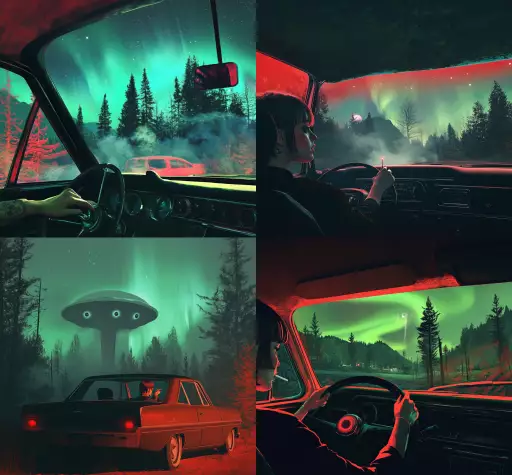
Pixels on Your Skin: Exploring the Impact of AI-Generated Images in Art
The art world is undergoing a seismic shift, driven by the emergence of artificial intelligence (AI) and its ability to generate stunningly realistic images. From abstract masterpieces to hyperrealistic portraits, AI algorithms are pushing the boundaries of creativity and challenging traditional notions of artistic expression.
A Canvas Born Digital
At the heart of this revolution lies the power of deep learning, a subset of AI that enables machines to learn from vast datasets of images. By analyzing millions of artworks, these algorithms can discern patterns, styles, and techniques, ultimately learning to create new images that mimic or even transcend the human touch.
Tools like DALL-E 2, Midjourney, and Stable Diffusion have become accessible to a wider audience, empowering anyone with an internet connection to experiment with AI art generation. Users can input text prompts describing their desired image, and the AI algorithms conjure up breathtaking visuals, often surpassing human capabilities in detail and precision.
Impact on the Creative Industry
The rise of AI-generated images has profound implications for the creative industry:
- New Avenues for Artistic Expression: AI tools offer artists fresh perspectives and techniques, expanding their creative horizons. They can use AI as a collaborator, exploring unconventional ideas and pushing the boundaries of their imagination.
- Democratization of Art Creation: With user-friendly interfaces and readily available online platforms, anyone can now participate in art creation, regardless of their technical skills. This democratization fosters inclusivity and empowers individuals to express themselves creatively.
- Streamlining Design Processes: Industries like advertising, fashion, and entertainment can leverage AI-generated images for rapid prototyping, concept development, and visual content creation, saving time and resources.
Ethical Considerations
While the potential of AI-generated images is undeniable, several ethical considerations warrant careful attention:
- Copyright and Ownership: The legal landscape surrounding AI-generated art is still evolving. Questions arise regarding copyright ownership, intellectual property rights, and the attribution of creative work.
- Bias and Representation: AI algorithms are trained on existing datasets, which may contain biases reflecting societal prejudices. This can result in AI-generated images perpetuating harmful stereotypes or lacking diversity.
- Authenticity and Deception: The ability to create hyperrealistic images raises concerns about the potential for misuse, such as generating fake news, manipulating public opinion, or creating deepfakes.
Future Trends
The field of AI-generated art is rapidly advancing. We can anticipate:
- More Sophisticated Algorithms: AI models will become even more adept at understanding and replicating artistic styles, generating images with greater nuance and emotional depth.
- Interactive and Personalized Art: AI-powered tools may enable users to co-create art with algorithms, customizing images based on their preferences and emotions.
- Integration with Other Technologies: AI-generated images will likely be integrated with virtual reality (VR), augmented reality (AR), and other technologies, creating immersive and interactive artistic experiences.
As AI continues to evolve, its impact on the art world will undoubtedly be profound. Embracing this transformative technology while addressing ethical considerations will shape the future of creativity and redefine the very essence of art itself.
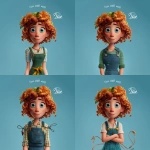
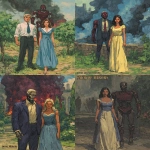

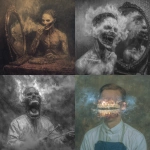


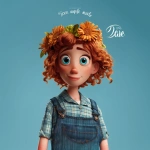
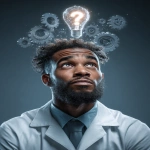
](https://images.ai-img.art/thumbnails/150/e6a179db327f0374ec327d0fdab48ac1f2dc47123eed103b0a41ed346280d07d.webp)
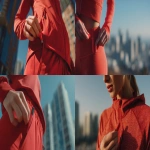
](https://images.ai-img.art/thumbnails/150/6c909fd6d38caac6572b592dd97831deb7d6562bba142798574677582676dfc1.webp)
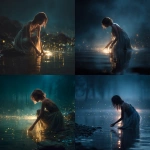
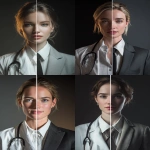
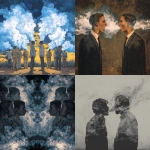
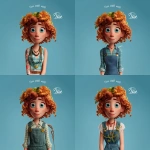
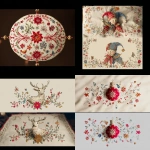


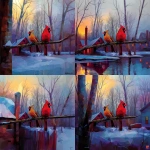

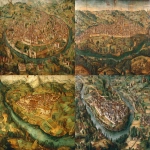
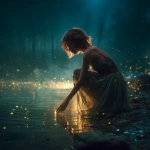

](https://images.ai-img.art/thumbnails/150/184b4b030e30be0a6d51b544226cb4cf2271977814d935d3aaa2b7529355b3b7.webp)
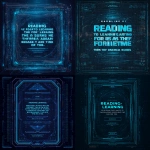

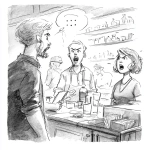
](https://images.ai-img.art/thumbnails/150/60973df1d727dbbf8e6922b7e4836814ab6012106eb9dcfe99aea7aec15f3710.webp)
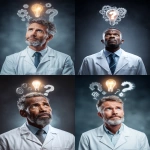

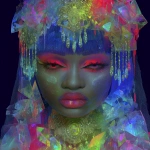
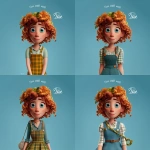
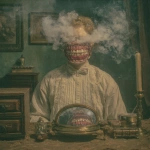


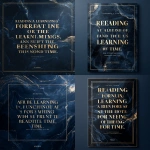
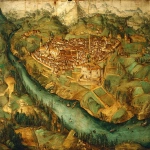
](https://images.ai-img.art/thumbnails/150/1202074d0d60b08b64d0f91f36468608aaac200a02b721cc8e6d8ec8a908432c.webp)
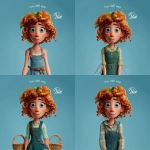
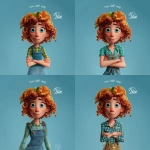
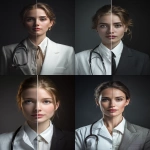


](https://images.ai-img.art/thumbnails/150/655229c40961cb7ff5abd4b4190e02c94ea1a961106e7547a562649c945268be.webp)


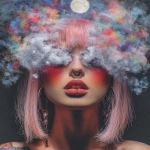
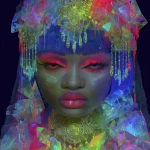

](https://images.ai-img.art/thumbnails/150/26c16e4f635deee86633de398088ca98d9bb748d6e7601436b07e882fab236cb.webp)